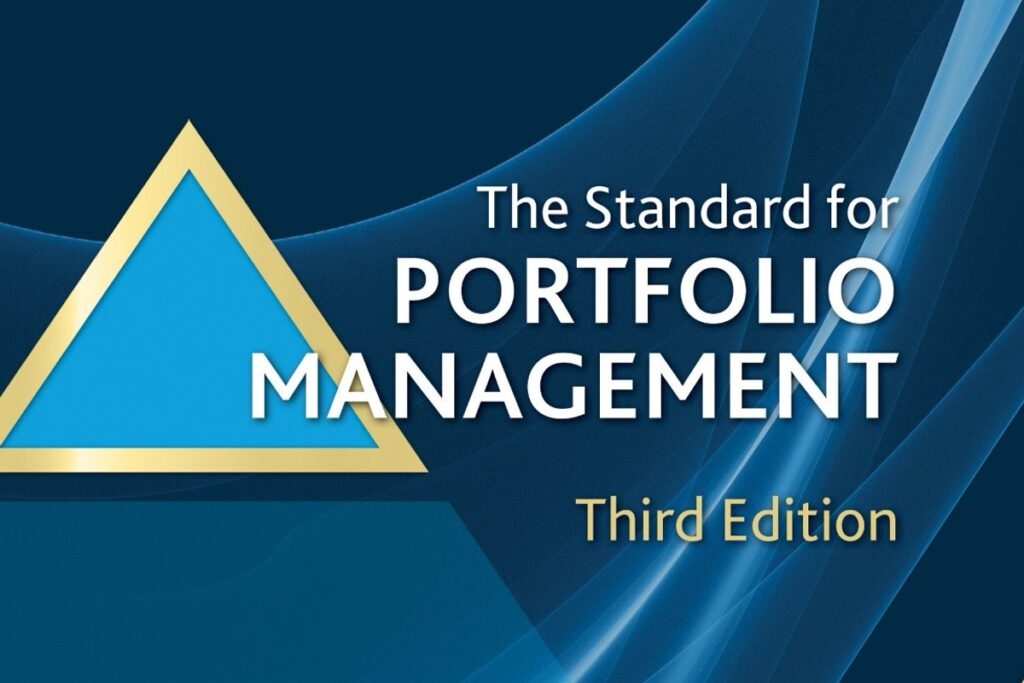In projects involving complex deliverables—whether software, construction, defense systems, or regulated products—controlling change is not a luxury, it’s a necessity. As teams iterate designs, adjust requirements, or resolve issues, there must be a structured process for identifying, tracking, and verifying what has changed, when, why, and by whom.
To support this critical function, the Project Management Institute (PMI) developed the Practice Standard for Project Configuration Management. Published in 2007, this standard provides a foundational framework for implementing configuration management (CM) as part of overall project governance. Though less known than other PMI standards, it remains highly relevant for quality-critical, change-sensitive, or product-based environments.
What Is Configuration Management in Projects?
Configuration management is a disciplined process for establishing and maintaining the consistency of a product’s attributes throughout its life cycle. This includes:
- Identifying what constitutes the product or deliverable (configuration items)
- Controlling changes to those items
- Recording and reporting the status of items and changes
- Verifying and auditing to ensure conformity
PMI’s approach brings this traditionally engineering- or IT-driven discipline into the project management domain, making it more accessible to PMOs, program managers, and cross-functional teams.
Structure of the Standard
The Practice Standard for Project Configuration Management is organized around five key process components, consistent with ISO 10007 and compatible with PMBOK® Guide principles.
1. Configuration Management Planning
- Establishes the scope, purpose, authority, and responsibilities of CM.
- Defines the configuration control board (CCB), tools, processes, and documentation requirements.
2. Configuration Identification
- Determines what will be controlled—e.g., software versions, design documents, test plans, infrastructure layouts.
- Defines configuration item naming conventions and hierarchies.
3. Configuration Change Control
- Provides procedures for requesting, evaluating, approving, and implementing changes.
- Introduces the change control board (CCB) as the approval authority.
- Links CM with integrated change control in the PMBOK® Guide.
4. Configuration Status Accounting
- Tracks and reports the status of configuration items, including versions, relationships, and change histories.
- Supports transparency and traceability for audits and inspections.
5. Configuration Verification and Audit
- Ensures configuration items conform to their specifications and documentation.
- Includes functional and physical audits as part of product validation.
Key Strengths
✅ Bridges the Gap Between Engineering and PM
This standard brings engineering-grade rigor into general project practice, enabling better change tracking and quality assurance in non-technical domains.
✅ Supports Regulatory and Contractual Compliance
By enforcing traceability and approval workflows, it strengthens compliance in government, defense, medical, or safety-critical projects.
✅ Prepares Teams for Scalable Control
Offers a scalable framework—from basic document tracking to complex system integration management.
✅ Complements PMBOK® Change Control
Aligns with PMBOK® Guide processes for integrated change control, quality assurance, and scope verification, but adds depth and formality.
✅ Clarifies Roles and Responsibilities
Defines who does what in the configuration lifecycle: project manager, CM specialist, change control board, etc.
Limitations
❌ Niche Focus
Best suited for large or technically complex projects. It may feel heavy-handed for small teams or fast-moving agile environments.
❌ Tool Guidance is Minimal
The standard is tool-agnostic and does not explore how CM is implemented using tools like Git, Jira, SharePoint, or DOORS.
❌ Limited Agile Integration
It was published before agile/hybrid practices became mainstream. There is no mention of iterative baselines, sprints, or continuous delivery pipelines.
❌ Lacks Modern Case Studies
As a 2007 document, it could benefit from updated examples, especially in the digital or software sectors.
Best Use Cases
This standard is ideal for:
- Aerospace, defense, automotive, and construction projects with complex deliverables and contractual requirements.
- Software projects that must manage builds, releases, and environment dependencies.
- Medical devices, pharmaceuticals, and regulated sectors needing auditable traceability.
- PMOs and quality teams formalizing project governance practices.
Less applicable to:
- Small, internal projects without formal delivery documentation.
- Fully agile teams using continuous integration/deployment pipelines.
How It Integrates with Other PMI Standards
| PMI Standard | How CM Supports It |
|---|---|
| PMBOK® Guide | Strengthens scope, change, and quality control |
| Practice Standard for WBS | Clarifies deliverables to be controlled |
| Practice Standard for Scheduling | Manages controlled versions of schedule baselines |
| Risk Management Standards | CM reduces risk through control and traceability |
Conclusion
The PMI Practice Standard for Project Configuration Management provides a structured, reliable, and scalable framework for managing change, protecting quality, and ensuring accountability in deliverable-based projects. While it may be underutilized in non-engineering fields, its value grows wherever complexity, compliance, or quality are non-negotiable.
In today’s high-speed, high-risk project environments, CM is often the invisible safety net behind successful delivery. PMI’s standard gives teams the tools to weave that net properly—and keep it strong.




